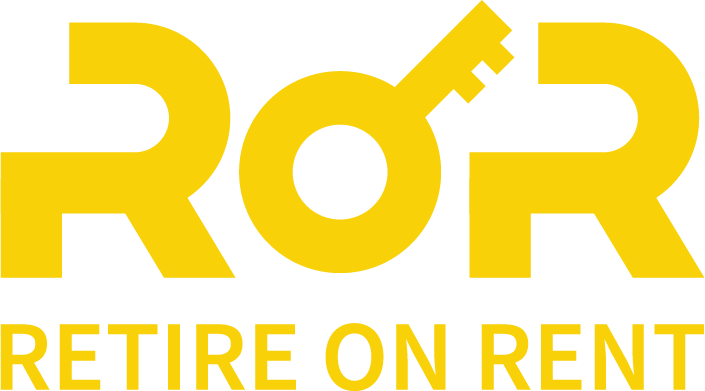The number one roadblock for property investors preventing them from continuing to invest in the property market is borrowing power restrictions. They simply cannot borrow more!!! Even if they feel comfortable with the new repayment, and they have enough equity or savings, and they spot another great opportunity to invest in again, the banks won’t let them!! As an investor who aims to retire with rent, you must understand the lenders’ secret formula on how they assess our borrowing power, and how we should reserve and grow our borrowing power for future investment purposes.
Again, there are so many different tactics and strategies for how to boost your borrowing power. For the purpose of this chapter, I will combine them for you, and outline the basic principles. The secret details, of course, will not be disclosed in this book, though you can Google a customised plan for yourself. It is not that I do not want to tell you, it is simply that there is too much information and each person’s case is unique. Policies change all the time, and they are not public information either.
However, I have never been stingy with my knowledge. That’s why I will introduce a comprehensive and holistic framework below for you to consider what is relevant. And more research and consultation with your own brokers and bankers can take you even further.
First of all, let’s go back to the fundamentals of ‘The Five C’s of Credit’. It is a key principle of measuring a borrower’s capacity to repay the loan both in qualitative and quantitative factors. More simply, this means:
1. Capacity: Debt to Income Ratio – if the bank’s policy is 1:6, it means that if you earn $100,000 gross annual salary, you can borrow roughly $600,000 loan amount, give or take. Each bank has a different matrix, which we will unfold in detail in this chapter.
2. Capital: How much saving the borrower will contribute towards the purchase. A relevant terminology is Loan to Value Ratio (LVR). If the banks lend you 80% of the purchase price, it means you need to prepare 20% plus stamp duty and other costs as the minimum deposit required, to show the banks that you are ready.
3. Collateral: This also means ‘security’ – if you default your repayment for a period of time, the banks have the right to sell it off and take the loan back.
4. Character: In most cases, the lenders look at credit history over the past seven years. If you have defaults or late payment history, it will largely affect your chance to get a low-cost mortgage. Sometimes it may also affect your borrowing power if you must pay higher than average market rate.
5. Conditions: Each borrower may have dif ferent circumstances and requirements. For example, most lenders do not accept display homes as security, and for those who do accept them, they also require principal and interest repayment. Different examples can be endless.





